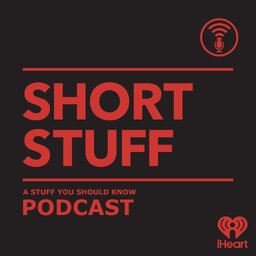Atomic Clocks, Ahoy!
The only thing more complicated than an atomic clock is researching how they work and then figuring out how to explain it to other people. But believe us, they are fascinating. Even if you don’t care about clocks or atoms you’ll still like this episode.
 Stuff You Should Know
Stuff You Should Know


